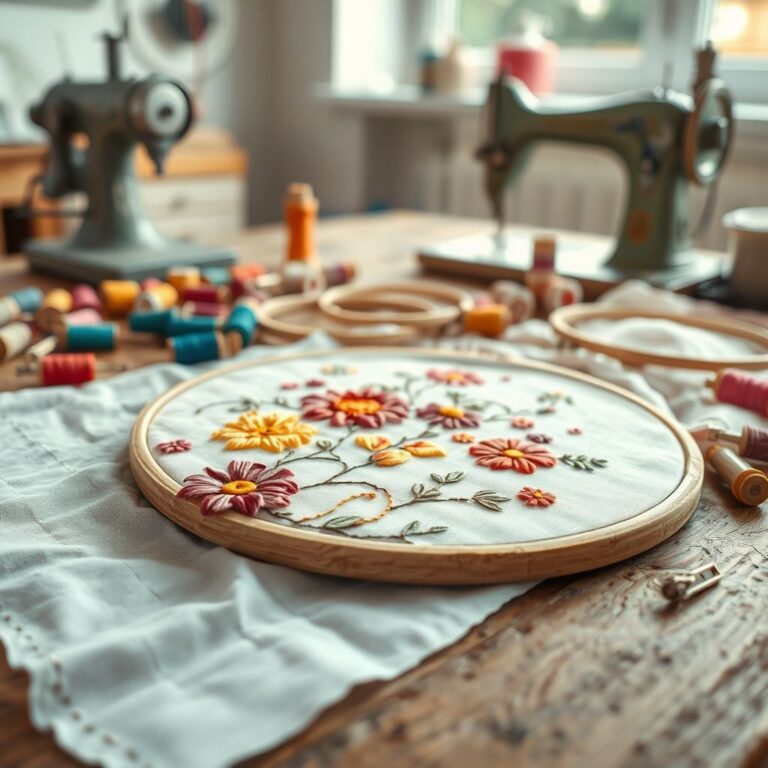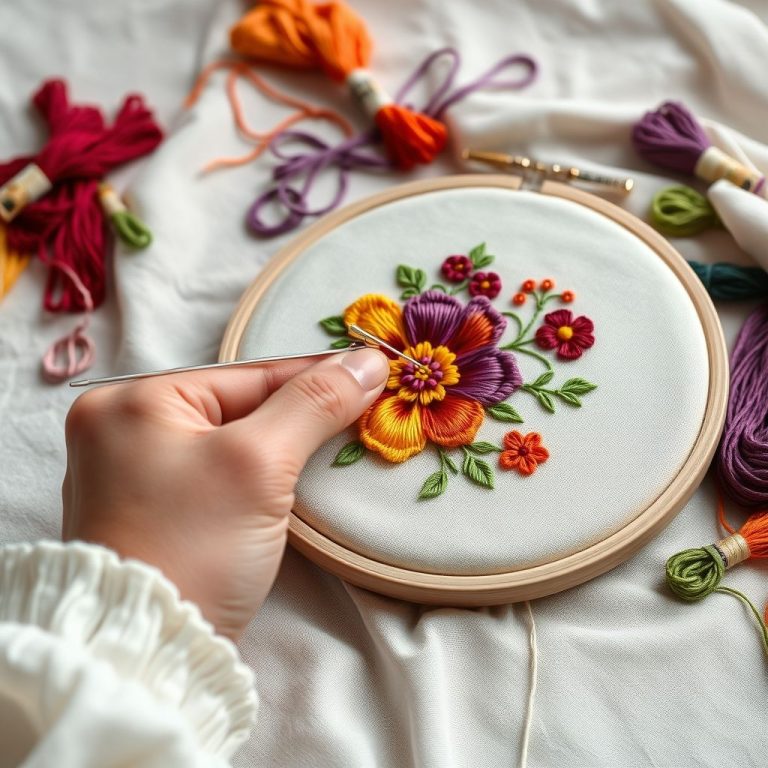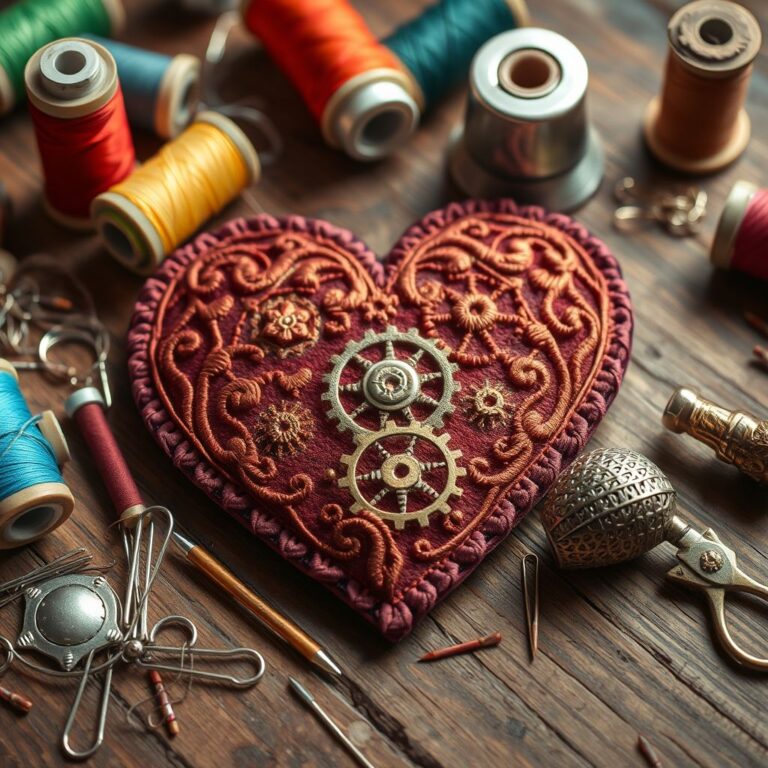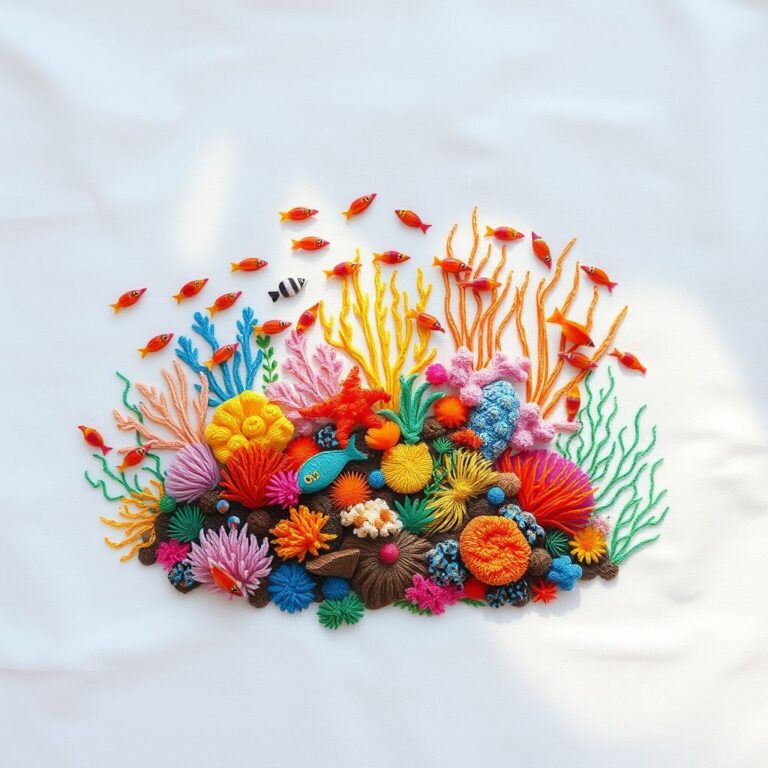Blackwork Embroidery: Mastering Monochromatic Magic
Imagine intricate patterns blooming across fabric, rendered solely in the stark contrast of black thread against a pristine background. This is the captivating world of blackwork embroidery, a technique steeped in history and celebrated for its striking visual impact. Far from being a simple or limiting style, blackwork offers a vast canvas for creativity, allowing embroiderers to explore texture, depth, and pattern through the strategic use of monochromatic stitches. This embroidery style is experiencing a resurgence in popularity, attracting both seasoned stitchers and curious newcomers eager to learn its secrets. In this post, we’ll delve into the history of blackwork, explore its foundational techniques, discuss shading methods, and offer inspiration for your own blackwork projects. Get ready to unlock the potential of monochromatic embroidery and discover the timeless elegance of blackwork.
A Glimpse into Blackwork’s Rich History
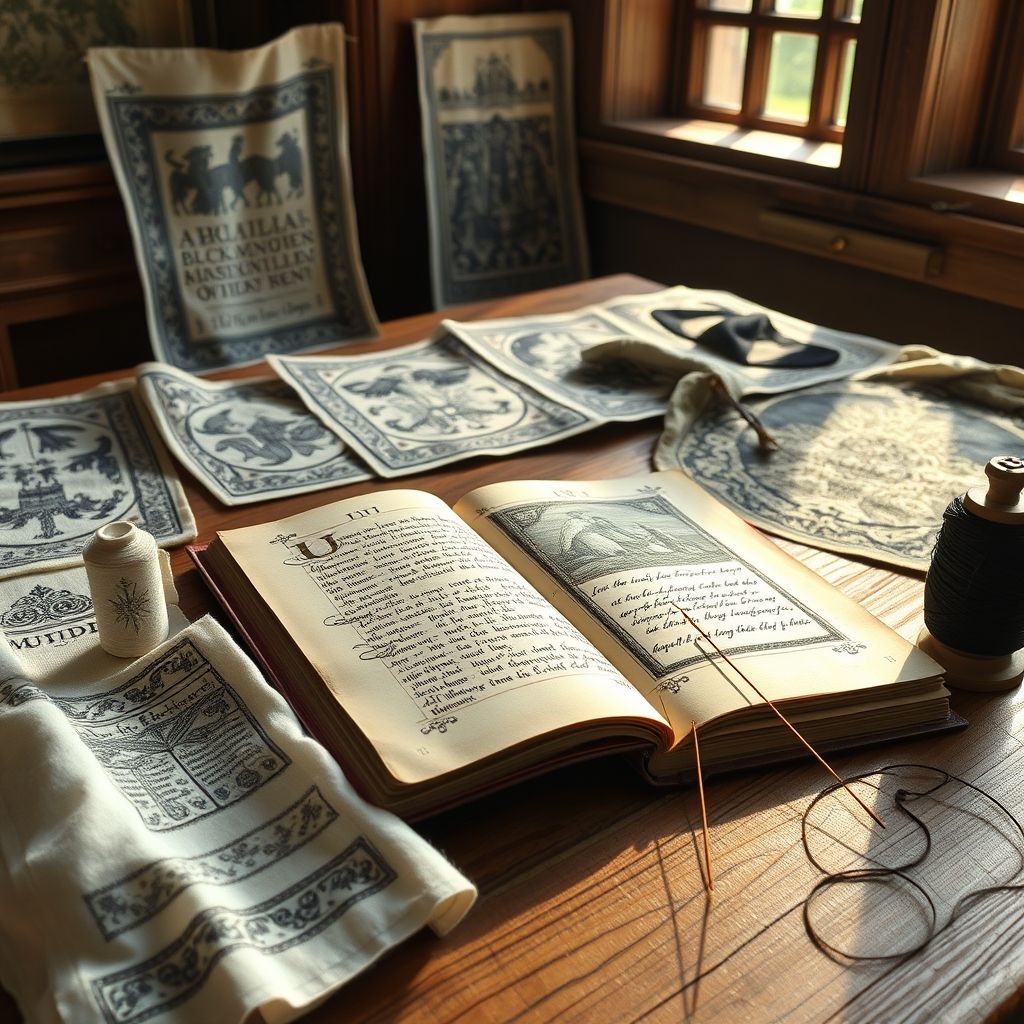
Blackwork boasts a fascinating history, deeply intertwined with the fashion and culture of 16th-century Europe. Often associated with Tudor England, it gained prominence through figures like Queen Elizabeth I, who famously sported blackwork-adorned clothing. But its origins trace back even further, with evidence suggesting its presence in Moorish Spain. The Victoria and Albert Museum notes, “Blackwork takes its name from the black silk thread traditionally used for embroidering white linen, and it was popular in England during the Tudor period, especially for decorating shirts and chemises.” The technique involved using counted thread stitches to create geometric or floral designs, often mimicking the expensive lace of the time. Unlike surface embroidery, which focuses on building up layers of stitches on top of the fabric, blackwork emphasizes creating patterns within the fabric’s weave. This resulted in durable and visually striking embellishments, reflecting the opulence and sophistication of the era. From royalty to commoners, blackwork offered a way to add elegance and individuality to clothing and household items, cementing its place in textile history.
Essential Stitches for Blackwork Mastery
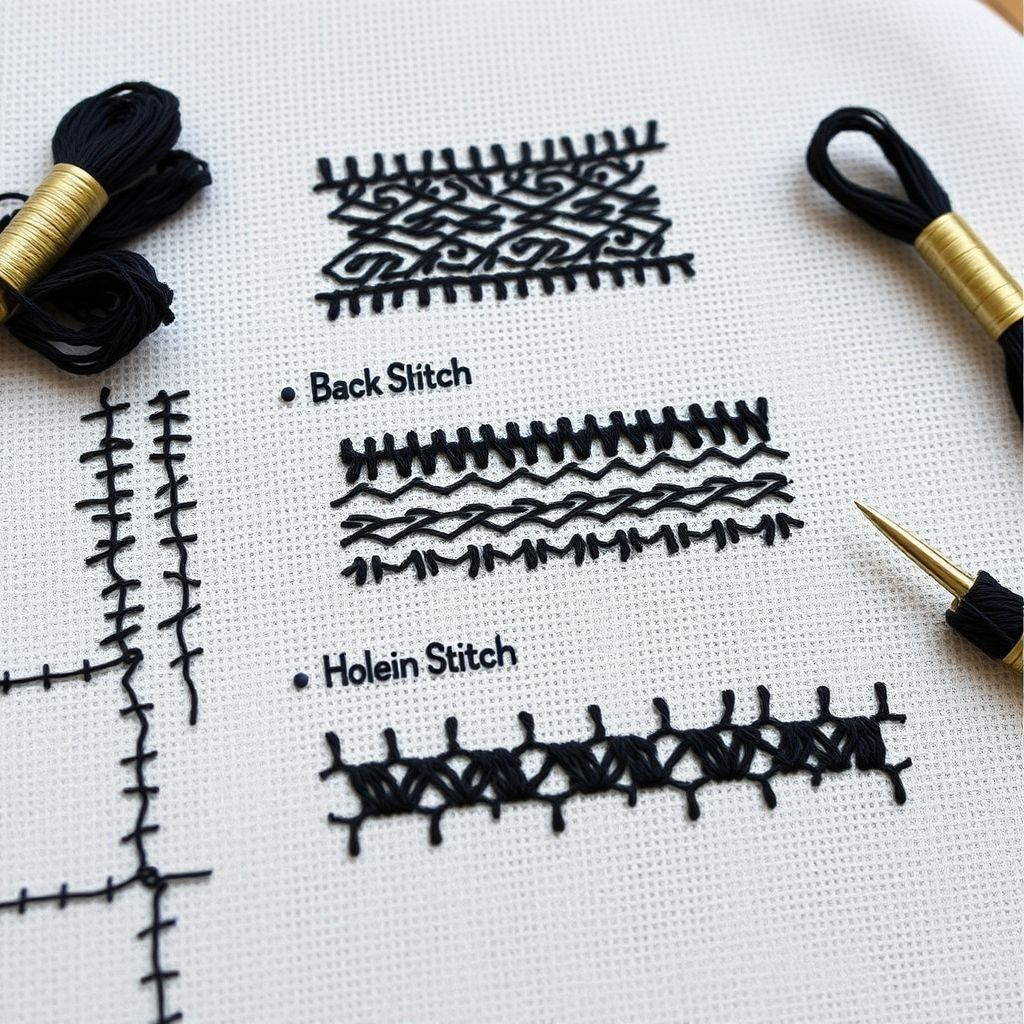
At the heart of blackwork lies a repertoire of deceptively simple stitches. While the overall effect can be complex and intricate, the individual stitches are often variations of the running stitch and double running stitch (also known as the Holbein stitch). The running stitch forms the foundation of many blackwork patterns, creating a dashed line that can be used to outline shapes or fill areas with varying densities. The double running stitch, however, is the workhorse of the craft. By retracing the path of the running stitch, it creates a solid, unbroken line, ideal for defining intricate designs and achieving a more pronounced effect. As Mary Thomas states in *Mary Thomas’s Dictionary of Embroidery Stitches*, “The double running stitch, worked with two journeys of the needle, is perfectly reversible and is equally effective on both sides of the material.” Other stitches like the back stitch can be used for bolder outlines or to create texture. Mastering these fundamental stitches is crucial for unlocking the full potential of blackwork embroidery and creating stunning monochromatic masterpieces. Practice with different thread weights and stitch densities to see how they affect the overall look of your finished piece.
Unlocking Shading Techniques in Blackwork
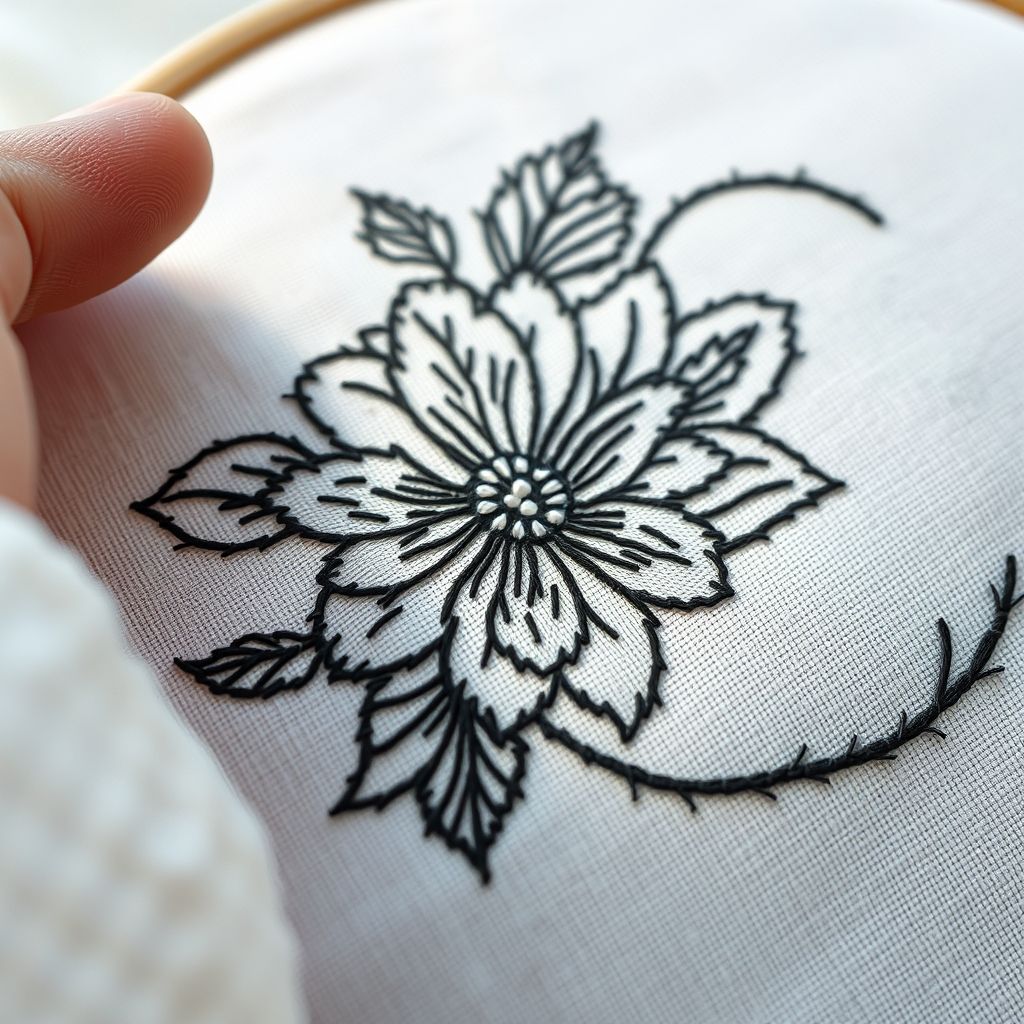
The magic of blackwork lies not only in its intricate patterns but also in its ability to create depth and dimension through shading. Since we’re working with a single color, the illusion of light and shadow is achieved by varying the density of the stitches. This can be done in several ways. One common technique involves using different thread weights. A thicker thread will create a denser, darker area, while a finer thread will result in a lighter, more delicate effect. Another approach is to adjust the spacing between stitches. Closely spaced stitches will create a solid, dark area, while wider spacing will allow the background fabric to show through, creating a lighter tone. Furthermore, layering different patterns can also create shading. For example, a closely stitched geometric pattern layered over a more sparsely stitched area will create a sense of depth and dimension. Experimentation is key to mastering these techniques. Practice creating gradients by gradually increasing or decreasing the density of your stitches, and observe how different thread weights interact to create varying shades of gray.
Geometric Patterns: The Building Blocks of Blackwork
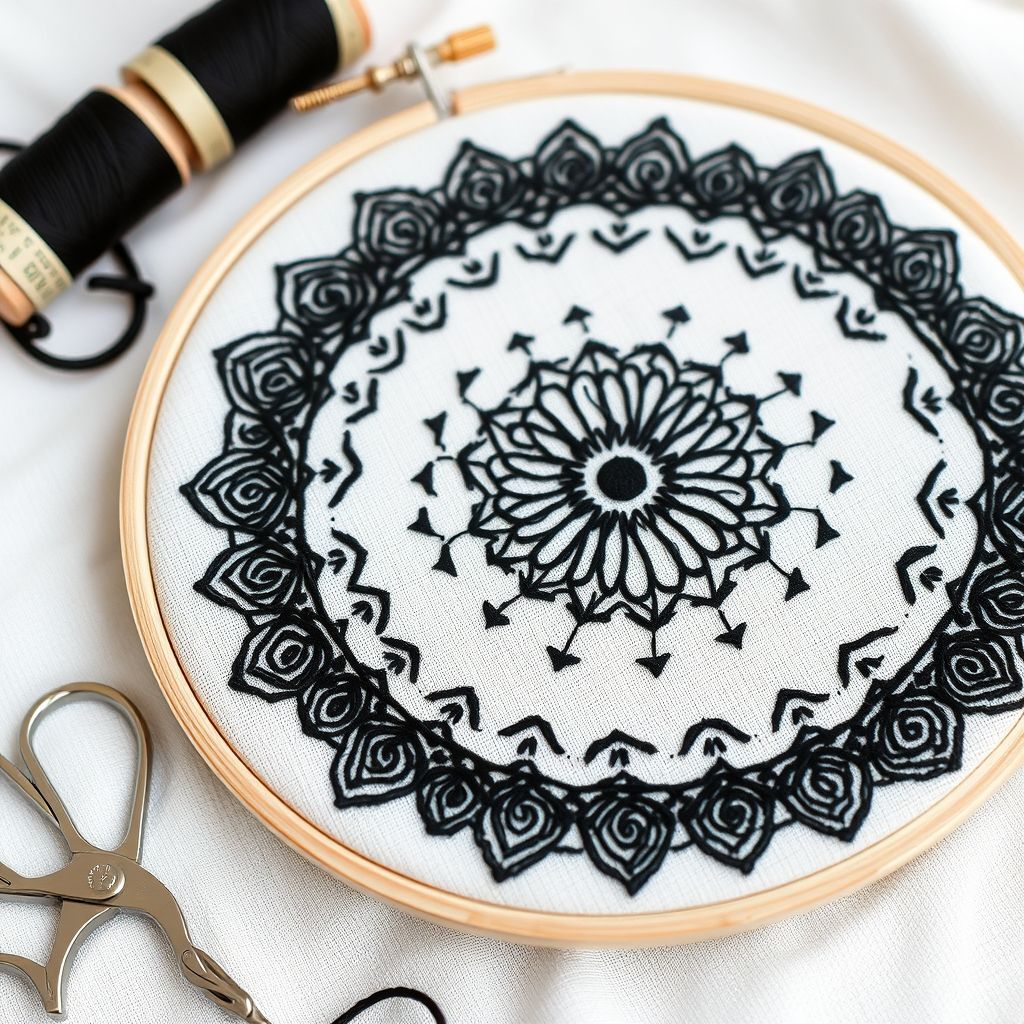
Geometric patterns are fundamental to blackwork embroidery, providing a framework for intricate designs and captivating visual effects. These patterns can range from simple repeating shapes like diamonds and squares to complex tessellations and intricate lattice work. The beauty of geometric patterns lies in their versatility and ability to be combined and manipulated to create endless variations. Many traditional blackwork designs are based on geometric motifs, often inspired by architectural elements, textiles, and even mathematical principles. When working with geometric patterns, precision is key. Accurate counting and consistent stitch placement are essential for achieving a clean and symmetrical result. “The regularity of geometric forms lends itself well to counted thread embroidery,” notes embroidery expert Trish Burr. “It allows for precise execution and a sense of order.” Consider using graph paper or digital design tools to plan your geometric patterns before you begin stitching. This will help you visualize the final result and ensure that your design is balanced and harmonious. Also, don’t be afraid to experiment with different scales and combinations of geometric shapes to create unique and eye-catching blackwork designs.
Floral Motifs: Adding Grace to Monochromatic Designs
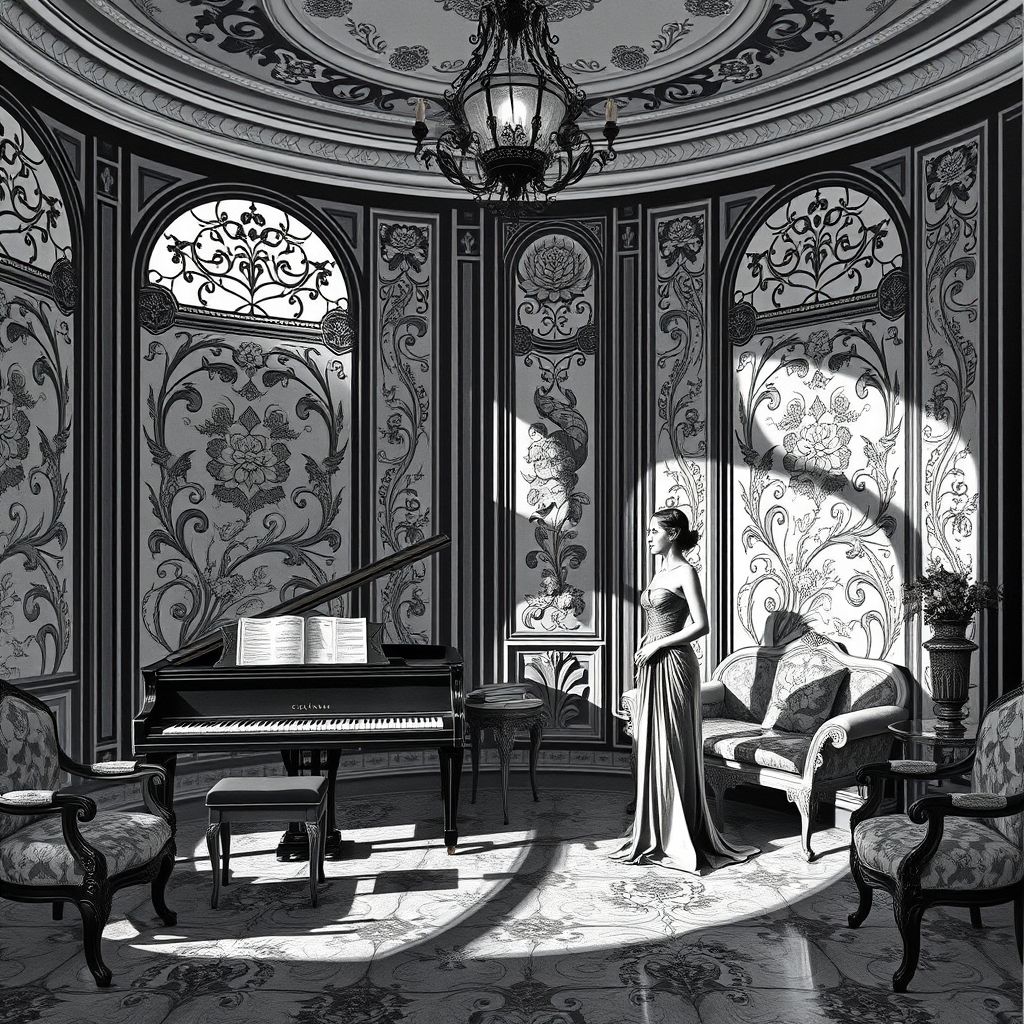
While geometric patterns form a significant part of blackwork, floral motifs introduce a touch of natural elegance and grace to this monochromatic art form. From stylized roses and delicate leaves to intricate vines and blossoming branches, floral elements can soften the starkness of geometric designs and add a sense of organic beauty. When incorporating floral motifs into your blackwork, consider simplifying the forms and focusing on the essential lines and shapes. Blackwork lends itself well to stylized representations of flowers, where the intricate details are suggested rather than explicitly rendered. Experiment with different densities of stitches to create shading and dimension within the floral elements, highlighting the curves of petals and the textures of leaves. The interplay between geometric and floral patterns can create a visually dynamic and captivating blackwork design. Use geometric borders or backgrounds to frame floral motifs, or incorporate geometric elements within the floral design itself to add structure and visual interest. Look at historical examples of blackwork for inspiration, but don’t be afraid to put your own creative spin on traditional floral motifs. Perhaps you could explore new threads:
Friendship Bracelet String 12 Skeins, Embroidery Floss Cross Stitch Embroidery Thread Floss Bracelet Making Yarn, Craft Floss (Blue Series)
$3.99 (as of July 3, 2025 07:59 GMT -04:00 - More infoProduct prices and availability are accurate as of the date/time indicated and are subject to change. Any price and availability information displayed on [relevant Amazon Site(s), as applicable] at the time of purchase will apply to the purchase of this product.)BAGERLA 273 Yards Leather Waxed Thread Sewing Kit Including Black Waxed Thread Needle Awl Thimble, Upholstery Repair Kit for Leather Carpet Sofa Seat Shoe Sewing and Repair
$4.34 (as of July 3, 2025 07:59 GMT -04:00 - More infoProduct prices and availability are accurate as of the date/time indicated and are subject to change. Any price and availability information displayed on [relevant Amazon Site(s), as applicable] at the time of purchase will apply to the purchase of this product.)New brothreads - 25 Basic Colors of Huge Spool 5000M Polyester Embroidery Machine Thread for Commercial and Domestic Embroidery Machines
$59.99 (as of July 3, 2025 05:32 GMT -04:00 - More infoProduct prices and availability are accurate as of the date/time indicated and are subject to change. Any price and availability information displayed on [relevant Amazon Site(s), as applicable] at the time of purchase will apply to the purchase of this product.)New brothread 40 Brother Colors 500m Each Embroidery Machine Thread with Clear Plastic Storage Box for Embroidery Sewing Machine
$25.48 (as of July 3, 2025 05:32 GMT -04:00 - More infoProduct prices and availability are accurate as of the date/time indicated and are subject to change. Any price and availability information displayed on [relevant Amazon Site(s), as applicable] at the time of purchase will apply to the purchase of this product.)2-Pack - BLACK & WHITE - Coats & Clark Dual Duty All-Purpose Thread - One 400 Yard Spool each of BLACK & White
$7.44 (as of July 3, 2025 07:59 GMT -04:00 - More infoProduct prices and availability are accurate as of the date/time indicated and are subject to change. Any price and availability information displayed on [relevant Amazon Site(s), as applicable] at the time of purchase will apply to the purchase of this product.)Modern Interpretations of Blackwork Embroidery
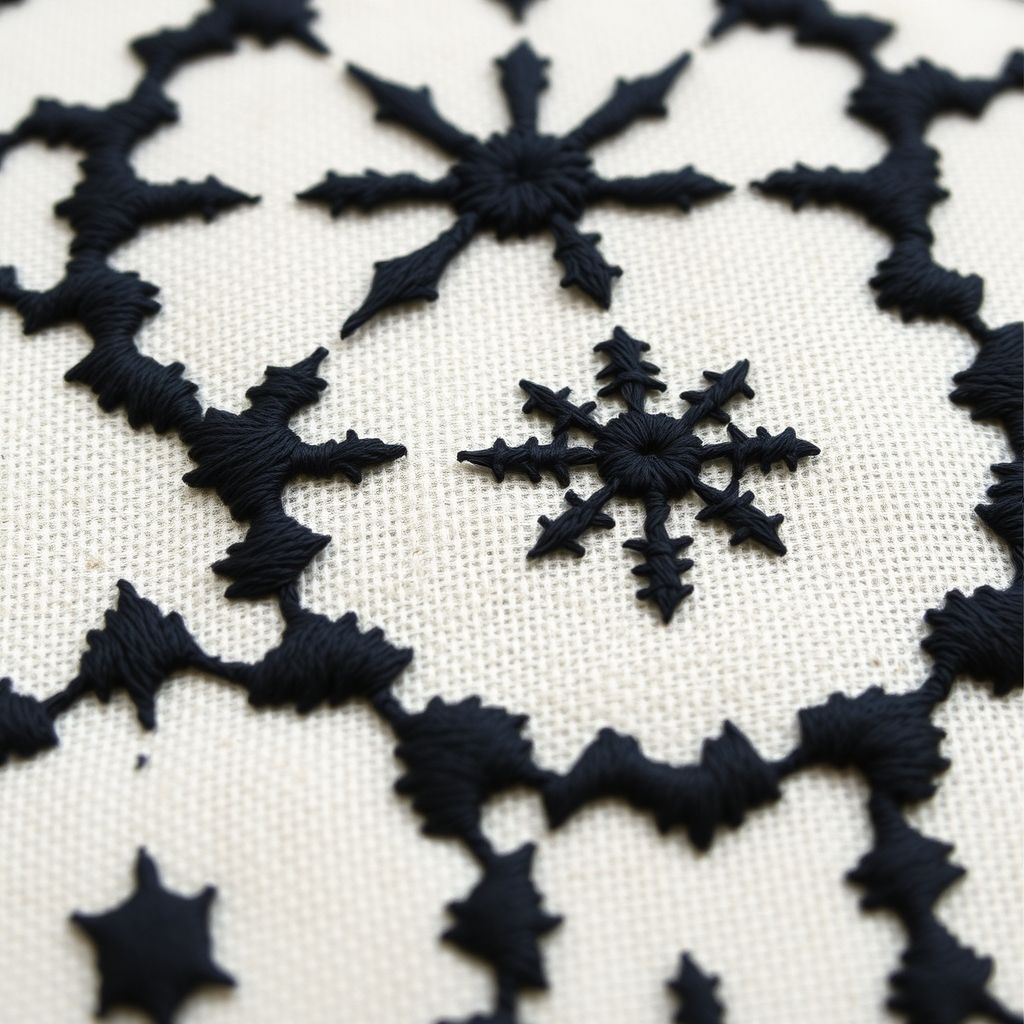
Blackwork isn’t confined to historical recreations; it’s a vibrant and evolving art form that continues to inspire contemporary artists and crafters. Modern interpretations of blackwork often push the boundaries of traditional techniques, incorporating new materials, exploring unconventional patterns, and experimenting with innovative color palettes. While black thread on white linen remains a classic choice, contemporary blackwork artists are embracing a wider range of thread colors and fabric types. Some are even experimenting with metallic threads or incorporating beads and sequins for added texture and dimension. In terms of patterns, modern blackwork designs often feature abstract shapes, geometric tessellations inspired by fractal geometry, and whimsical illustrations. Artists are also using blackwork to create intricate portraits, landscapes, and even wearable art. The key to a successful modern blackwork design is to embrace the spirit of experimentation while remaining true to the foundational principles of the technique. “Blackwork, while steeped in tradition, offers endless possibilities for innovation and personal expression,” says textile artist Sarah Dennis. “Don’t be afraid to break the rules and create something truly unique.” Consider exploring contemporary art and design for inspiration, and challenge yourself to push the boundaries of what’s possible with blackwork embroidery.
Tips and Tricks for Blackwork Success
Embarking on a blackwork project can be both rewarding and challenging. To ensure your success, here are a few essential tips and tricks to keep in mind. First, choose high-quality materials. Opt for linen or even-weave cotton fabric with a high thread count to provide a stable and even surface for your stitches. Select a black embroidery thread that is smooth, strong, and resistant to fading. Second, pay close attention to your tension. Consistent tension is crucial for achieving a clean and even result. Avoid pulling the thread too tightly, as this can distort the fabric and create puckering. Third, use a hoop or frame to keep your fabric taut and prevent wrinkles. This will make it easier to stitch accurately and maintain consistent tension. Fourth, don’t be afraid to use a magnifying glass or good lighting to help you see the details of your pattern and stitches. Fifth, take breaks! Blackwork can be demanding on the eyes and hands, so it’s important to take regular breaks to avoid fatigue and strain. Finally, practice makes perfect. The more you stitch, the more comfortable and confident you will become with the techniques and patterns of blackwork embroidery.
Conclusion: Embrace the Elegance of Blackwork
Blackwork embroidery, with its striking monochromatic patterns and rich history, offers a captivating journey for both beginner and experienced stitchers. From its roots in Tudor England to its modern-day interpretations, blackwork continues to inspire creativity and innovation in the world of textiles. By mastering the foundational stitches, exploring shading techniques, and experimenting with geometric and floral motifs, you can unlock the potential of this timeless art form. Remember that precision, patience, and a willingness to experiment are key to achieving stunning results. Blackwork’s simplicity is deceptive; it’s in the meticulous execution and thoughtful planning that the beauty lies. This technique isn’t just about replicating historical patterns; it’s about expressing your own creativity and vision through the medium of thread and fabric. As you delve deeper into the world of blackwork, you’ll discover its versatility and its ability to transform simple materials into works of art. So, pick up your needle and thread, embrace the elegance of blackwork, and embark on a creative adventure that will last a lifetime.















